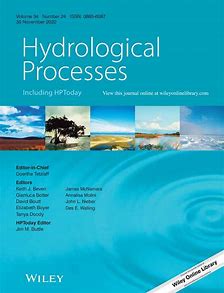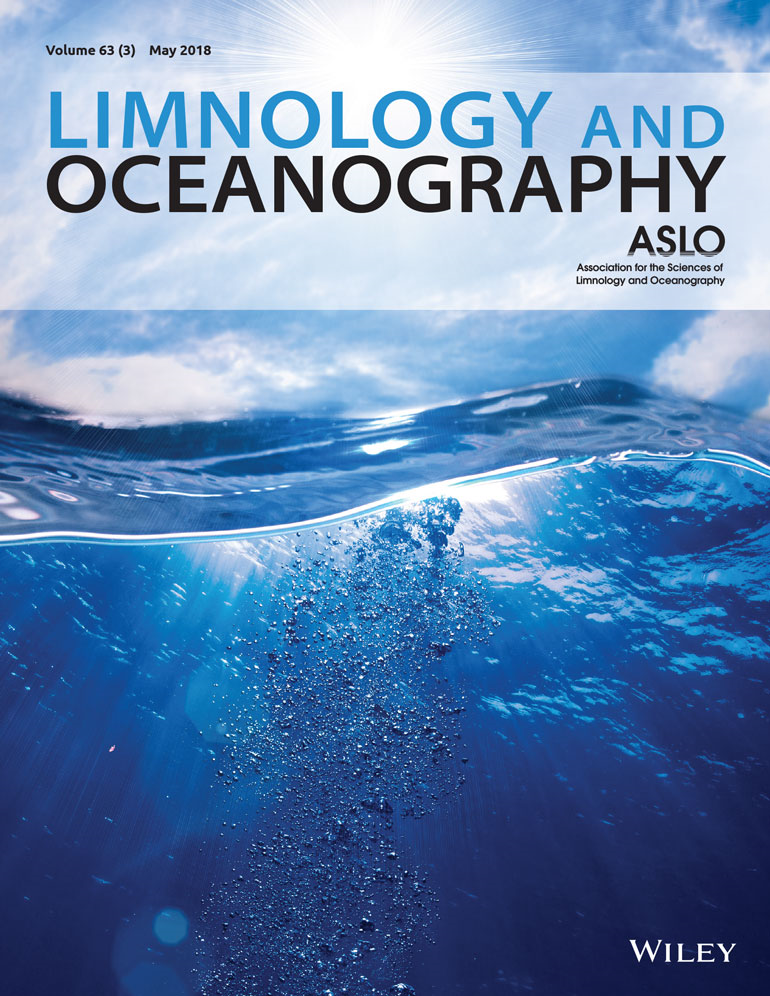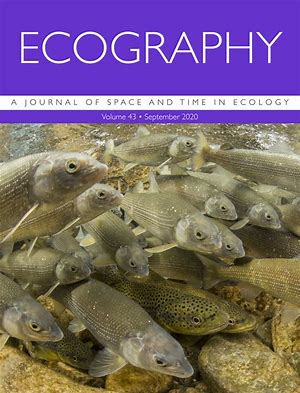Please find all scientific publications of IGB under > scientific publications
For more detailed information please refer to our > library catalogue
181 - 190 of 746 items
February 2025
Hydrological Processes. - 39(2024)2, Art. e70077
Contrasts in Ecohydrological Partitioning of Heterogeneous Urban Green Spaces in Energy-Limited Versus Water-Limited Hydroclimates
Jamie Lee Stevenson; Doerthe Tetzlaff; Christian Birkel; Chris Soulsby
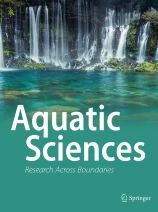
February 2025
Aquatic Sciences. - 87(2025), Art. 38
Artificial light at night reduces emergence and attracts flying adults of aquatic Diptera
A. Manfrin; F. Hölker; S. Teurlincx; V. Baranov; R. H. A. van Grunsven; M. Bundschuh; M. T. Monaghan
February 2025
Hydrological Processes. - 39(2024)2, Art. e70077
Seasonal and Inter-Annual Dynamics in Water Quality and Stream Metabolism in a Beaver-Impacted Drought-Sensitive Lowland Catchment
Famin Wang; Doerthe Tetzlaff; Christian Birkel; Jonas Freymueller; Songjun Wu; Sylvia Jordan; Chris Soulsby
The authors monitored water quality parameters over 3 years in an intermittent stream network in the eutrophic, lowland Demnitzer Millcreek catchment, Germany. They focused on the effects of wetland systems impacted by beaver dams on the diurnal, seasonal and inter-annual variation in water quality dynamics and modelled stream metabolism.

January 2025
Water. - 17(2025)3, Art. 397
Aquaculture Development in Myanmar: Aquaculture Quo Vadis?
Sven Wuertz; Florian Muehlbauer
January 2025
Limnology and Oceanography. - 70(2025)3, 732-748
Ontogenetic shifts by juvenile fishes highlight the need for habitat heterogeneity and connectivity in river restoration
Twan Stoffers; Anthonie D. Buijse; Jan Jaap Poos; Johan A. J. Verreth; Leopold A. J. Nagelkerke
The authors analysed the habitat use of larval and juvenile fishes in the lower river Rhine. More than 60 per cent of the fish species switched between five different habitat types during their development, which should be available both in the river and connected floodplains. However, human intervention has drastically altered and homogenised the European river landscapes.
January 2025
Limnology and Oceanography. - 70(2025)3, 764-774
Epiphyton phenology determines the persistence of submerged macrophytes: Exemplified in temperate shallow lakes
Alena S. Gsell; Sven Teurlincx; Marta M. Alirangues Nuñez; Sabine Hilt
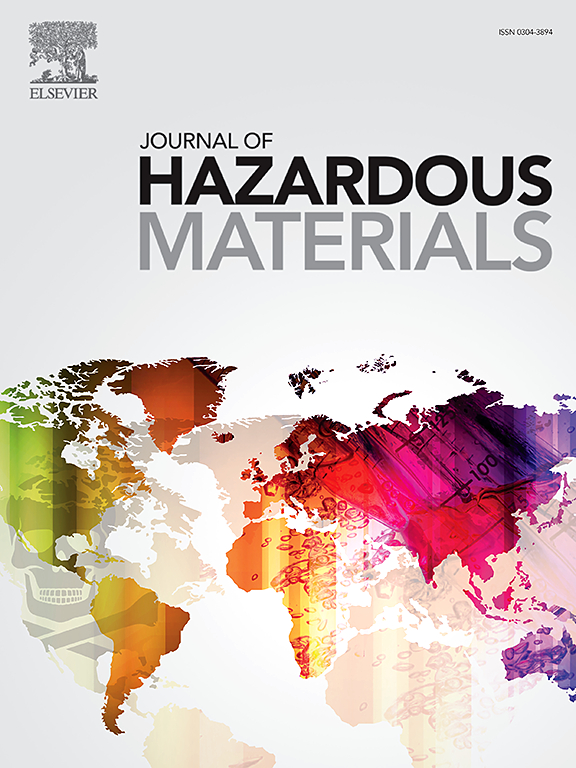
January 2025
Journal of Hazardous Materials. - 488(2025), Art. 137260
Freshwater browning as a hidden threat – Transcriptomic responses in fish gills exposed to fulvic acid
Thora Lieke; Verena Jung-Schroers; Alexander Rebl
January 2025
Ecography. - 2025(2025)5, Art. e07347
Drivers of amphibian species richness in European ponds
Alejandro López-de Sancha; Lluís Benejam; Dani Boix; Lars Briggs; Maria Cuenca-Cambronero; Thomas A. Davidson; Luc De Meester; Julie C. Fahy; Pieter Lemmens; Beatriz Martin; Thomas Mehner; Beat Oertli; Marzenna Rasmussen; Helen M. Greaves; Carl Sayer; Meryem Beklioğlu; Rein Brys; Sandra Brucet

January 2025
Catena. - 250(2025), Art. 108726
Assessment of the sediment load in the pearl river estuary based on land use and land cover changes
Chenxu Ji; Yuanzhi Zhang; Jens C. Nejstgaard; Igor Ogashawara
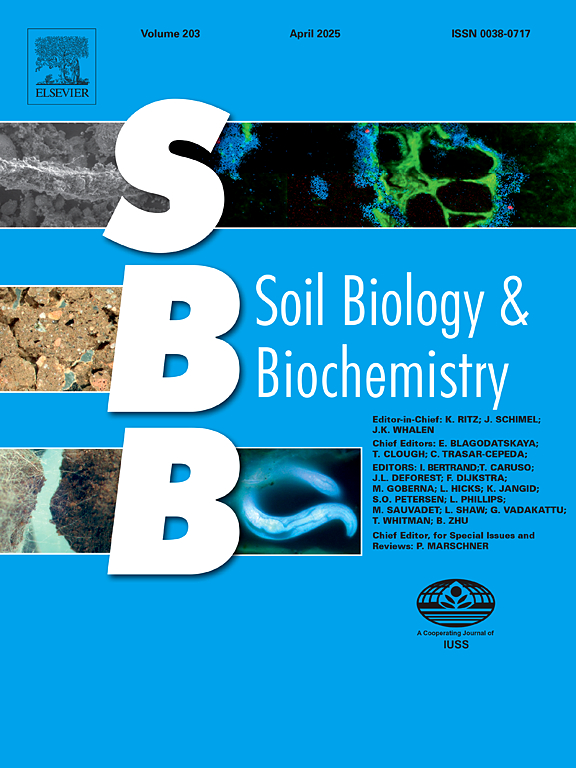
January 2025
Soil Biology and Biochemistry. - 203(2025), Art. 109713
Fundamental shifts in soil and sediment microbial communities and functions during 10 year of early catchment succession
José Schreckinger; Michael Mutz; Mark O. Gessner; Linda Gerull; Aline Frossard


